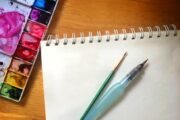Art is a form of self-expression through a medium, whether it’s two-dimensional, three-dimensional or digital media. Being an artist is about experiencing new things and about individual creation, but it’s not always easy to jumpstart your artistic path. It’s really important to find the medium you feel most comfortable with and decide how much time you want to dedicate to art. The more time you spend creating, the faster you’ll progress.
But remember that it’s not only about the time you’re going to invest in developing your skills. It takes quality art supplies as well to support your creative process and become a valued artist. They may seem a bit more costly, but artist-grade supplies are durable and last longer. Your art painting tools and equipment can determine the success of your artwork. Look for a painting tools shop that offers discount prices if you’re a beginner and buying painting supplies for the first time. If you’re an experienced artist, consider stepping up a quality notch when replacing your art painting supplies.
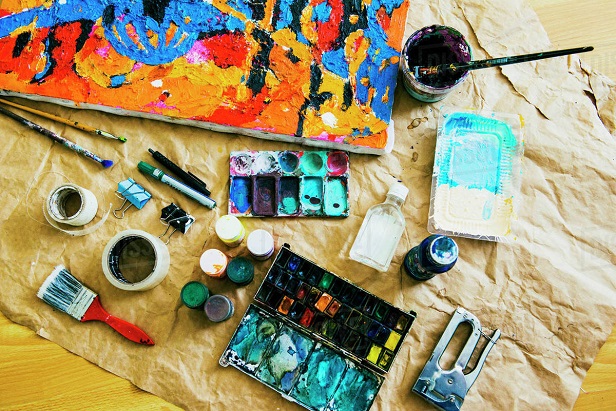
Source: dissolve.com
How to Choose Your Art Painting Supplies?
Buying art supplies comes down to personal preferences because every artist has their own unique style. If you’re a professional artist you may have some favourite brands, types and materials, but it’s always a good idea to go for something you haven’t tried before. But if you’re a beginner, then you may need to research and understand the art materials and tools for your work. To begin with, find a painting tools shop and select all the basic art supplies you may need for your artwork, such as the following. As you find yourself more comfortable in certain media, you can pick other supplies and enrich your experience.
Graphite Drawing Pencils
Graphite pencils are essential because you’ll need to sketch your subject before you start painting. They can be used to draw everything from simple sketches to a highly detailed drawing. You can buy them individually or in sets. Sets are a good choice for beginners as they offer an assortment of pencil types for drawing and shading.
Eraser
No artist workstation is complete without erasers. They will remove graphite from most surfaces and help you rub your mistakes. A kneadable eraser can help you rub small details without damaging the paper or leaving a residue behind.
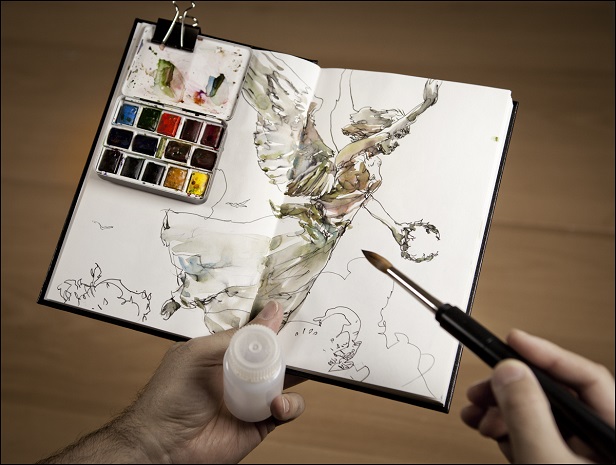
Source: citizensketcher.com
Sketchbook
A sketchbook is an essential supply for drawing, but even if your primary interest is painting a sketchbook can help you plan out a painting before working on other materials. A quality sketchbook will ensure your images come out as required.
Also, you could use a ruler as an essential tool for drawing structures and straight lines. Some coloured pencils are good for a specific type of application, so make sure you know the kind of art you’ll be doing before you choose any.
Painting Surface
Once you have drawn your ideas and composition sketches, you’ll want to draw the final piece on the surface you’ll be painting. If you’ll be using watercolours, then you can opt for a pre-stretched pad, while for acrylics you can paint on a canvas or acrylic paper.
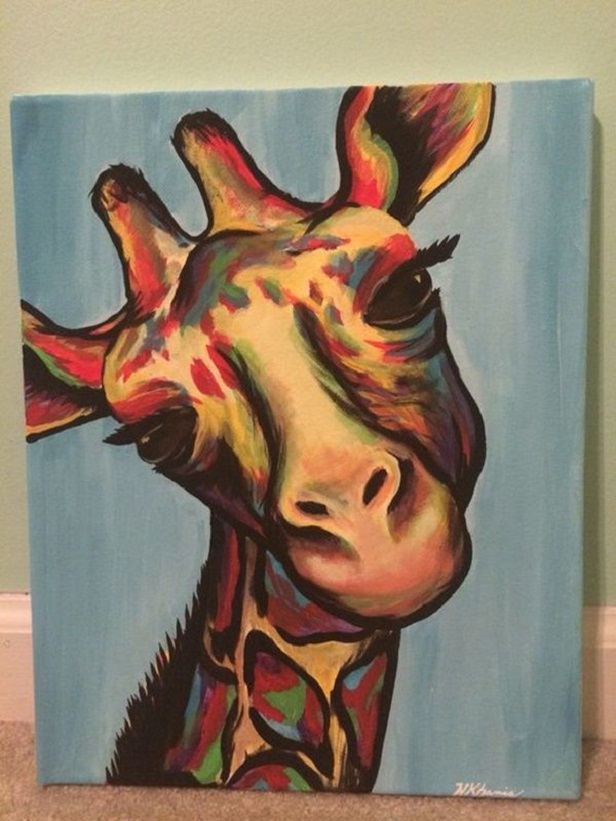
Source: pinterest.com.au
Canvas
This is the most popular surface for painting with acrylics. Canvas is available in many sizes, so you can choose what’s most suitable for your artwork. Buying canvas that’s already stretched and primed will give you more time for painting. Wood panels are a nice alternative if you prefer painting with acrylics. They’re becoming more popular lately and there are many high-quality wood art panels to choose from.
Paint
To make beautiful art, you’ll need quality paint. Whether you prefer acrylics, watercolours or oils, the basic colours can help you paint great artworks even if you start with a small palette and mix a large variety of new ones.
Acrylics
Acrylics paints come in tubes, bottles and jars and you can buy them individually or in acrylic painting sets. They’re versatile, vibrant and affordable. When choosing acrylic paint, consider quality, colour, permanence, viscosity and drying time.
Watercolours
Watercolours come in tubes and as dry cake versions. They’re versatile and flexible and can yield a variety of results in your artwork.
Oils
You can choose from a wide range of oils available, from traditional to fast-drying to water mixable. If you’re just beginning, you can try them all to see which you prefer the most.
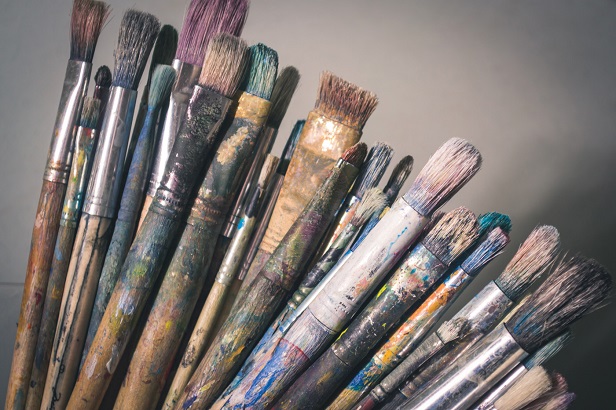
Source: .artistsnetwork.com
Brushes
You’ll need different brush sizes, from large to medium to small for your painting work. Over time, you’re more likely to develop a preference for the size of brush, shape and type of hair. Also, it’s important to clean them regularly and care for them if you want to keep your paintbrushes longer.
Palette and Palette Knife
A palette is a surface upon which you mix the paints. You can use a palette knife to mix paint colours on your palette. It’s easier than mixing colours together with a brush and you won’t end up wasting the paint that remains stuck in the brush. Additionally, a palette knife can be used to scrape paint off a canvas in case something goes wrong, as long as it hasn’t dried.
Varnish
When your painting is done, it’s time to varnish it. Varnishing an acrylic painting is an important step because it adds another layer of protection and helps chemically bind the paint to the canvas.
Easel
Easels are available in various designs, so you can choose a floor-standing one if you’re looking for a sturdier easel, or a table-top version if you’re working in a small space.
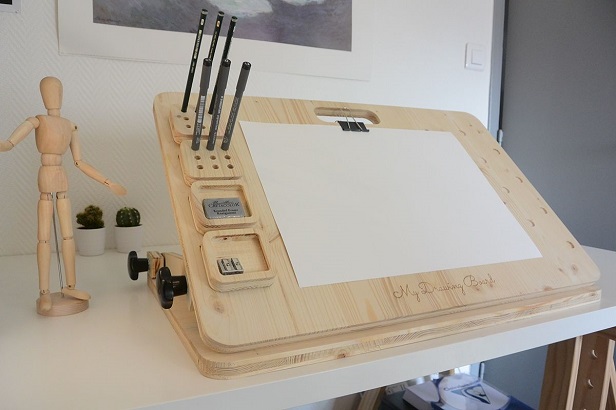
Source: pinterest.com.au
Drawing Board
When painting on paper, you’ll need a drawing board or panel to put behind the sheet of paper. Always choose one that’s larger because as a small one may be very inconvenient.
Colour Wheel
A colour wheel is a very helpful tool as it explains some basic facts about colour and shows which colours to mix if you want to create a new colour. It’s a lot of fun as well!
Remember to always start small. Don’t rush into something too big or unfamiliar, but give yourself over to practice until you build some confidence. In the end, art is all about practice, repetition and willingness to try out new things. And most importantly, never give up and keep trying to improve yourself as time goes by, no matter how old you are.
